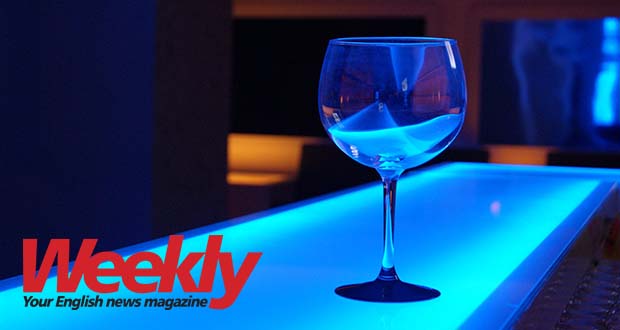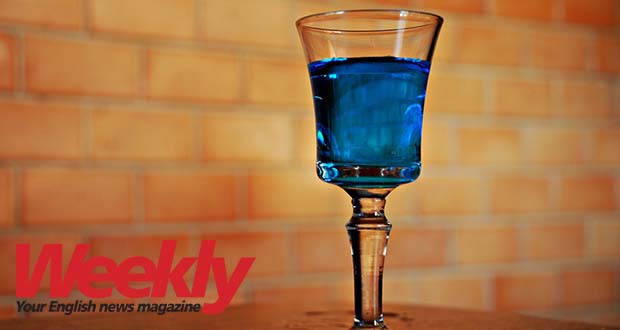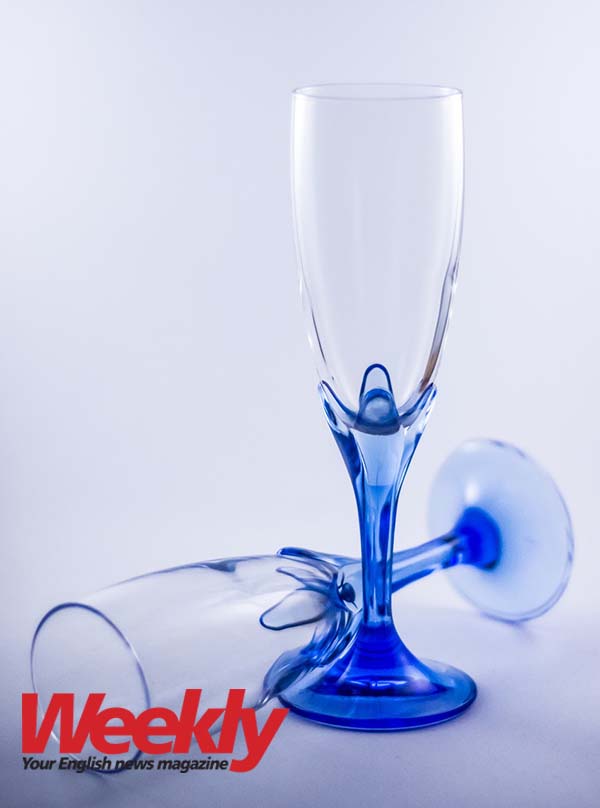Publicité
Blue wine: Can it become the new red?
Par
Partager cet article
Blue wine: Can it become the new red?

There’s red wine, white wine, rosé and… blue wine. While blue wine isn’t popular in Mauritius yet, it has been making waves in Europe and in North America for the last three years. But despite its popularity, things haven’t been easy for the new addition to the wine industry. In fact, authorities have even refused to call it wine, and the alcoholic drink is now facing controversy in France.
For purists, there are only two types of wine, and they range from the pale yellow-green hues of Pinot Grigio to the deep red of Merlot. For some barbecue wine drinking, there's rosé, which was first created in Ancient Greece by mixing red grapes and white grapes with water. But a few summers ago, the wine industry and its fans were introduced to a new wine of a bright, flashy neon blue.

And why not? After all, from blue Vodka to blue Curaçao, blue Gin and blue Brigadier Sambuca, the colour blue and alcohol aren’t strangers.
Blue wine was first born in the Basque Country, an autonomous community in the north of Spain, by a group of young entrepreneurs who decided to shake the country’s wine industry when they started distributing their blue-labelled wine, Gïk, in 2015. Since they had no experience in wine making, these entrepreneurs sought help from the University of the Basque Country, where a team of chemical engineers spent two years helping them create the blue wine.
The blue colour of the wine comes from adding two natural ingredients, indigo dye – a natural dye and organic compound that is extracted from the leaves of certain plants – and anthocyanin, which is a pigment found in grape skin. The two natural ingredients are then combined with different varieties of red and white grapes to create Gïk.
“None of us really liked normal wine, which comes with too many norms, such as whether you can take it with ice or not,” Taig Mac Carthy, one of the co-founders of Gïk, said in an interview with New York Times. “So our goal was clearly to offer something to people looking for a wine that was a bit more fun and crazy. The trouble is that we are trying to revolutionise an industry that has worked for centuries without making any change – and they control the rules of the game.”

Indeed, after selling over 120,000 bottles, including in countries outside the European Union, like Brazil, Japan and South Korea, in February 2017, Gïk had no choice but to remove the word ‘wine’ from its labels and even change the composition of its drink after the company was issued a fine from Spain’s Ministry of Agriculture for “violating wine regulations”. In fact, blue is not an approved colour under the oenological regulations of the European Union and therefore, producing wine that is not red, white or rosé is a violation of the rules.
According to Forbes, Gïk is no longer authorised to call its beverage ‘wine’, and the company is now required to label its bottle as “99% wine and 1% grape juice”. It is also marketed under "other alcoholic beverages".
However, following the popularity of Gïk, Domaine Pozzo di Mastri, a property located in southern Corsica, an island in the region of France, also created its own version of blue wine and launched it under the brand Imajyne in 2017. According to the owners of the company, the blue wine was inspired by the sea, and the blue colour is a result of being filtered through red grape skins, which contain anthocyanins – a water-soluble pigment that can appear red, purple, blue or black depending on their pH. Another company called Vindigo, created by French entrepreneur René Le Bail, also produced his own blue wine the following year. The Vindigo blue wine is mostly sold in the south east French city Sète. Both wines have been quite successful in France, and Vindigo even described their wine as the “ideal summer aperitif”.
"It is 11 per cent so it's not a very strong wine. It tastes of fruit. There is cherry, passion fruit, and blackberry. It's a festive wine," Le Bail said.
Both Imajyne and Vindigo also insisted that there was no artificial colour in their wine and that the blue is simply a result of the grape skin filtration. However, both companies also faced trouble last month when a group of chemistry students at the University of Toulouse conducted an experiment on both wines and found that the blue product does indeed contain artificial colours, specifically the colourant E133 – the same synthetic dye used in the blue Curaçao.
Both wine producers were furious when the report of the experiment came out and strongly denied the claims. Bruno Milanini, the owner of the Pozzo di Mastridu estate even gave an official statement regarding the controversy.
“As soon as a different, trendy wine is proposed, the initiative is criticised and suspected. There is no colouring in our wine and we will not disclose our recipe to be copied! Our process has been patented. Our blue wine is appreciated and our target is to export to the United States, Eastern European countries and Asia," he said.
In fact, according to the laws in France, winemakers are not allowed to use dye. Following claims from the students of the University of Toulouse, an inquiry was launched and Imagyne could potentially be subject of up to €350, 000 and/or a two-year prison sentence.
However, dye or not, wine or not, the sales of the blue wines have shown that there is actually a big market for the product. In fact, despite not being recognised as real wine yet, the sale of blue wine continues to increase in many countries. Gïk, for example, continues to make profits in Spain and other countries and today, it can even be ordered online and shipped to 30 states in the US. It is also available in some supermarkets in Mauritius.
Would you try blue wine?

For more views and in-depth analysis of current issues, Weekly magazine (Price: Rs 25) or subscribe to Weekly for Rs110 a month. (Free delivery to your doorstep). Email us on: weekly@lexpress.mu
Publicité
Publicité
Les plus récents






